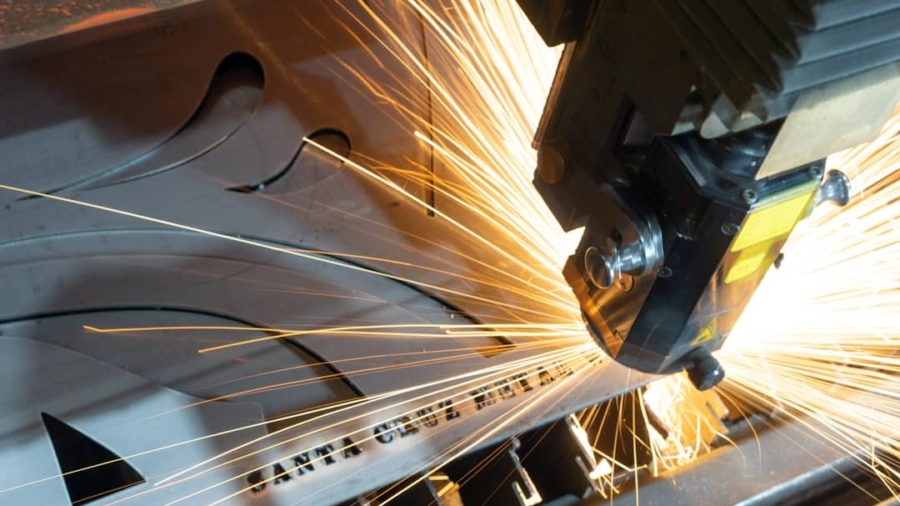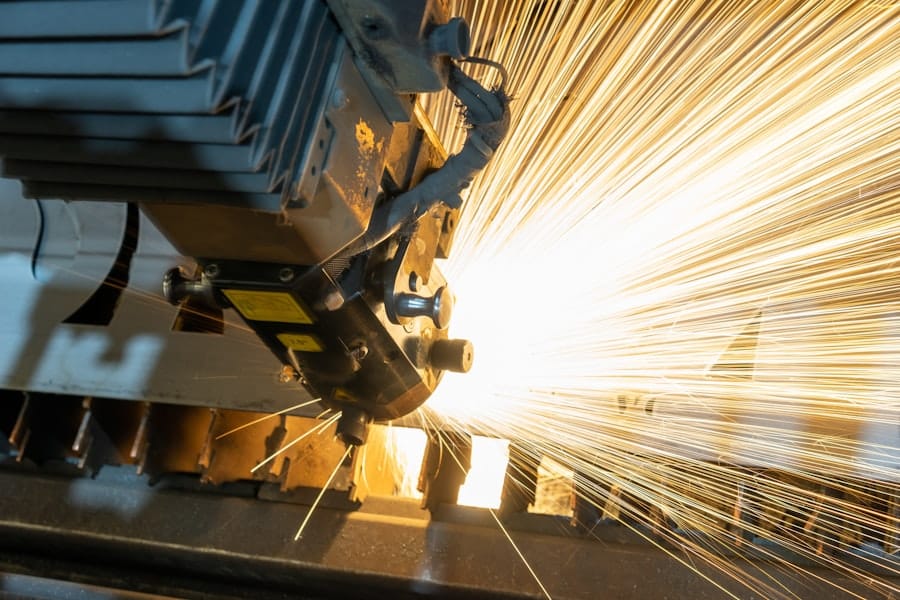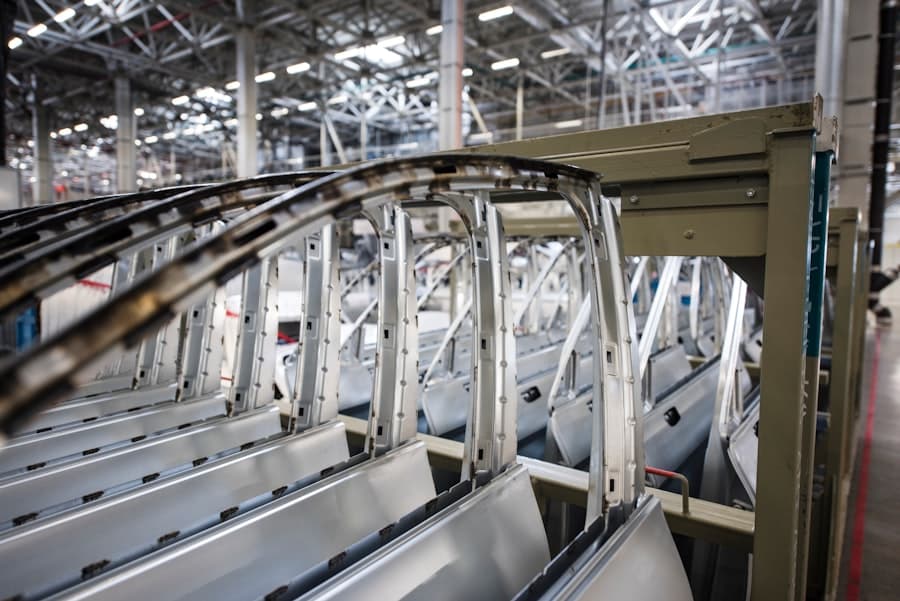The concept of digital twins has emerged as a transformative force within the framework of Industry 4.0, representing a significant leap in how industries approach manufacturing, maintenance, and operational efficiency. A digital twin is a virtual representation of a physical object or system, created using real-time data and advanced analytics. This technology allows for the simulation, analysis, and optimization of processes, enabling organizations to make informed decisions based on accurate and timely information.
As industries increasingly adopt smart technologies, the integration of digital twins into their operations is becoming essential for achieving competitive advantages. Industry 4.0, characterized by the convergence of digital technologies, automation, and data exchange in manufacturing environments, relies heavily on the capabilities offered by digital twins. This fourth industrial revolution emphasizes the importance of connectivity, data analytics, and artificial intelligence in creating smart factories that can adapt to changing market demands.
Digital twins serve as a bridge between the physical and digital worlds, allowing for enhanced visibility into operations and facilitating predictive maintenance, product lifecycle management, and supply chain optimization. As organizations strive to harness the full potential of Industry 4.0, the role of digital twins becomes increasingly pivotal in driving innovation and efficiency.
Key Takeaways
- Digital twins are virtual replicas of physical objects or systems that can be used for monitoring, control, and simulation in Industry 4.0.
- 5G technology plays a crucial role in advancing digital twins by providing high-speed, low-latency connectivity for real-time data transfer and communication.
- The enhanced connectivity and data transfer capabilities of 5G enable seamless communication between physical assets and their digital twins, leading to improved monitoring and control in real time.
- 5G-enabled digital twins offer enhanced virtual simulation and modeling capabilities, allowing for more accurate and efficient analysis of complex systems and processes.
- The integration of 5G with digital twins in Industry 4.0 can lead to improved efficiency, productivity, and innovation, driving significant advancements in various industrial sectors.
The advent of 5G technology marks a significant milestone in the evolution of telecommunications, offering unprecedented speed, low latency, and enhanced connectivity. These attributes are particularly beneficial for the deployment and functionality of digital twins in industrial settings. With 5G, organizations can transmit vast amounts of data in real-time, enabling more accurate and timely updates to digital twin models.
This capability is crucial for industries that rely on continuous monitoring and rapid response to changing conditions, such as manufacturing, logistics, and healthcare. Moreover, 5G facilitates the integration of various technologies that complement digital twins, including the Internet of Things (IoT), artificial intelligence (AI), and edge computing. The synergy between these technologies allows for more sophisticated data collection and analysis, leading to improved decision-making processes.
For instance, sensors embedded in machinery can relay performance data to a digital twin over a 5G network, allowing operators to identify inefficiencies or potential failures before they escalate into costly downtime.
Enhancing Connectivity and Data Transfer with 5G
One of the most significant advantages of 5G technology is its ability to enhance connectivity across devices and systems within an industrial ecosystem. Traditional networks often struggle with bandwidth limitations and latency issues that can hinder real-time data transfer. In contrast, 5G networks are designed to support a massive number of connected devices simultaneously while maintaining high-speed data transmission.
This capability is particularly important for industries that deploy numerous IoT devices to monitor equipment performance or track inventory levels. The enhanced connectivity provided by 5G enables seamless communication between physical assets and their digital counterparts. For example, in a smart factory setting, machines equipped with sensors can continuously send performance data to their corresponding digital twins.
This real-time data flow allows for immediate updates to the digital model, ensuring that it accurately reflects the current state of the physical asset. Consequently, operators can make informed decisions based on up-to-date information, leading to improved operational efficiency and reduced downtime.
Real-Time Monitoring and Control with 5G and Digital Twins
The combination of 5G technology and digital twins empowers organizations to implement real-time monitoring and control over their operations. With the ability to transmit data instantaneously, businesses can gain insights into their processes as they unfold. This capability is particularly valuable in industries such as manufacturing, where even minor deviations from optimal performance can lead to significant losses.
By leveraging real-time data from digital twins, organizations can quickly identify issues and implement corrective actions before they escalate. For instance, consider a manufacturing plant that utilizes digital twins to monitor its production line. With 5G connectivity, operators can receive alerts about equipment malfunctions or inefficiencies as they occur.
This immediate feedback loop allows for rapid intervention, minimizing downtime and maintaining productivity levels. Furthermore, real-time monitoring enables predictive maintenance strategies; by analyzing data trends from digital twins, organizations can anticipate equipment failures and schedule maintenance proactively rather than reactively.
Leveraging 5G for Enhanced Virtual Simulation and Modeling
The integration of 5G technology with digital twins also enhances virtual simulation and modeling capabilities. High-speed data transfer allows for more complex simulations that can incorporate vast amounts of real-time data from various sources. This capability enables organizations to create highly accurate models that reflect not only the physical attributes of assets but also their operational behaviors under different conditions.
For example, in the automotive industry, manufacturers can use digital twins to simulate vehicle performance under various driving scenarios. With 5G connectivity, these simulations can incorporate real-time data from test vehicles equipped with sensors that monitor performance metrics such as speed, fuel efficiency, and emissions. By analyzing this data within the digital twin model, engineers can optimize vehicle designs for better performance and compliance with regulatory standards before physical prototypes are built.
Improving Efficiency and Productivity with 5G-enabled Digital Twins
The implementation of 5G-enabled digital twins has the potential to significantly improve efficiency and productivity across various industries. By providing real-time insights into operations and facilitating rapid decision-making processes, organizations can streamline workflows and reduce operational costs. The ability to monitor assets continuously allows businesses to identify bottlenecks or inefficiencies that may not be apparent through traditional monitoring methods.
In logistics, for instance, companies can utilize digital twins to optimize supply chain operations. By integrating 5G technology, they can track shipments in real-time, monitor inventory levels at various locations, and adjust delivery schedules based on current demand patterns. This level of visibility enables organizations to respond swiftly to changes in market conditions or customer preferences, ultimately leading to improved service levels and customer satisfaction.
Addressing Security and Privacy Concerns in 5G-enabled Digital Twins
While the benefits of 5G-enabled digital twins are substantial, they also raise important security and privacy concerns that organizations must address proactively. The increased connectivity associated with 5G networks creates more entry points for potential cyberattacks. As businesses become more reliant on real-time data from digital twins, ensuring the integrity and confidentiality of this information becomes paramount.
To mitigate these risks, organizations must implement robust cybersecurity measures tailored to their specific operational environments. This may include encryption protocols for data transmission, secure access controls for users interacting with digital twin models, and regular security audits to identify vulnerabilities within their systems. Additionally, fostering a culture of cybersecurity awareness among employees is essential; training staff on best practices for data protection can significantly reduce the likelihood of human error leading to security breaches.
0 is profound. As more industries adopt this technology combination, we can expect significant advancements in automation, efficiency, and innovation across various sectors. The ability to create highly responsive systems that leverage real-time data will enable organizations to adapt quickly to changing market dynamics while optimizing their operations.
Moreover, as 5G networks continue to expand globally, we will likely see increased collaboration between companies across different industries. The interoperability facilitated by enhanced connectivity will allow businesses to share insights derived from their digital twin models more easily. This collaborative approach could lead to new business models and partnerships that drive further innovation within Industry 4.0.
In conclusion, the integration of 5G technology with digital twins represents a pivotal development in the evolution of industrial operations. By enhancing connectivity, enabling real-time monitoring and control, improving simulation capabilities, and addressing security concerns effectively, organizations can harness the full potential of this powerful combination to drive efficiency and productivity in an increasingly competitive landscape. As we move forward into an era defined by rapid technological advancements, the synergy between 5G and digital twins will undoubtedly play a crucial role in shaping the future of Industry 4.0.
In a recent article on how to choose the best smartphone for gaming, the importance of technological advancements like 5G is highlighted. The Role of 5G in Advancing Digital Twins for Industry 4.0 discusses how this next-generation network can revolutionize industries by enabling real-time data processing and communication. As smartphones become more powerful and capable of handling complex tasks, the potential for integrating digital twins into various sectors becomes even greater. This article provides valuable insights into selecting the right smartphone to fully leverage the benefits of 5G technology.
FAQs
What is 5G?
5G is the fifth generation of wireless technology, designed to provide faster and more reliable communication networks compared to its predecessors.
What are digital twins?
Digital twins are virtual replicas of physical objects, processes, or systems that can be used for analysis, monitoring, and simulation.
What is Industry 4.0?
Industry 4.0 refers to the fourth industrial revolution, characterized by the integration of digital technologies into manufacturing and industrial processes.
How does 5G advance digital twins for Industry 4.0?
5G enables faster data transmission, lower latency, and greater network capacity, which are essential for real-time monitoring and control of digital twins in industrial settings.
What are the benefits of using 5G for digital twins in Industry 4.0?
The use of 5G for digital twins in Industry 4.0 can lead to improved efficiency, productivity, and decision-making in manufacturing and industrial operations. It can also enable the development of more advanced and sophisticated digital twin applications.



